By night, a train would have 1 or 2 lights, the latter being arranged vertically or diagonally. A shunting engine would have 2 horizontal lights.
Since 1971, head lights are used day and night.

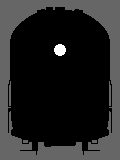
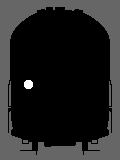

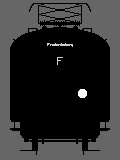
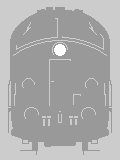

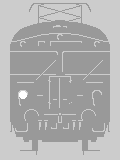
The train is a scheduled train.
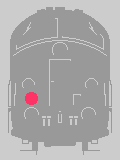


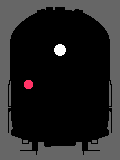
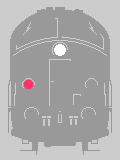
The train is travelling on the Wrong Main Track.
No. 64 would have precedence over no. 63, 65
and 66.
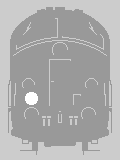

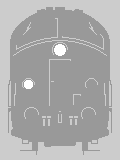
The train is not included in the normal timetable.
1971-1975, this signal was also used for Work Trains.

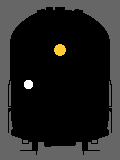


The train is a Work Train.
The signal was not used by Snow Plough Units (these would always carry one or more white lights).
1971, it was replaced by no. 65.
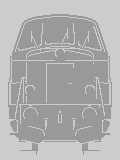

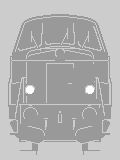
The headlights were carried at both ends.
By day, small vehicles would carry no indication.
By night, small vehicles would be indicated as follows:
On single-track lines: 1 red light at both ends of the vehicle.
On double-track lines: 1 white light at one end and 1 red light at the other. The lights were arranged corresponding to the normal direction of travel, not for the actual direction of the vehicle.
A second white light might be added if the vehicle was carrying a white light at the front, and 1 or 2 white lights might be added, if the vehicle was carrying a red light at the front.
1969, the name was changed into "Work Vehicle" (Danish: "Kendingssignal
for arbejdskøretøjer").
A train pushed by an uncoupled helper engine would carry the
tail signal, while the helper engine would carry a helper
engine signal.
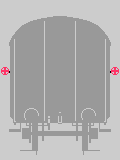

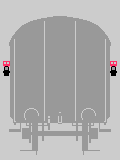
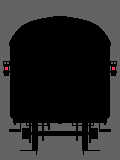


The night signals display white light in the opposite direction (towards the engine).
Until 1971, all trains - including single DMUs - would carry no. 69.
Since 1971, it was only used if the last vehicle was not equipped for no.
70.

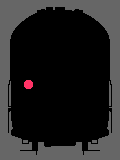


This signal was only used by proper engines. Single DMUs would carry no. 69.
1971, this signal was replaced by the new no. 70
(below).

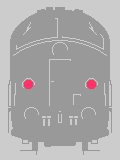
This signal would be used if the last vehicle was equipped with built-in head or tail lights. The signal was used by trains as well as single engines. Since 1973, it was also used by train sets that had previously used no. 71:
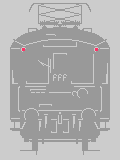
Older DMUs not equipped with 2 horizontal headlights continued carrying
no.
69 until 1973. Since 1973, they were allowed to display only one red
light using the built-in headlight.
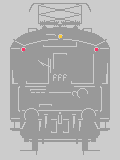
This signal was only used by electric suburban trains and the so-called "lightning" DMUs.
1973, it was replaced by no. 70.
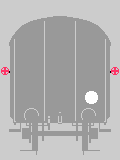
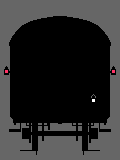
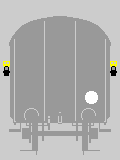
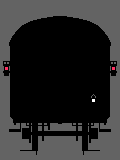
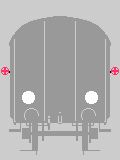
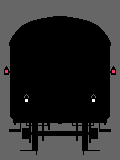
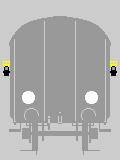

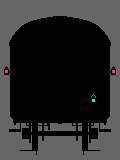
This signal was displayed by the overtaken train. The signal
was only used by night, and only if the overtaking train was not
informed in advance that an (unscheduled) overtaking should take place.
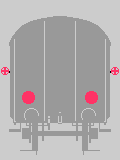
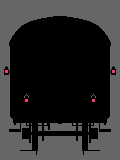
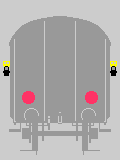
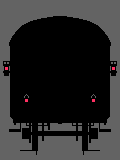
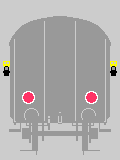

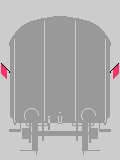
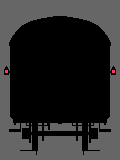
One or more vehicles of a train are in a condition that does not allow for any movement (e.g. derailed or being repaired). Shunting near the vehicles requires caution.
The night signal was displayed in both directions.


The vehicle is staffed. Shunting the vehicle requires caution.
The night signal was displayed in both directions.
At the opposite end, a helper engine would carry no. 63 (train engines) or no. 67 (shunting engines). A helper engine not following a train beyond the station limit would carry these signals at both ends.
A helper engine coupled to the tail of a train was considered a proper part of the train and would consequently carry no. 69.
The signals were retired 1961 when the use of uncoupled helper engines
beyond the station limit ceased.

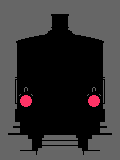
This signal had the same appearance as no. 75 and
provided the same kind of information to the wayside staff.
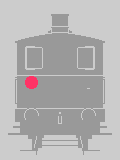
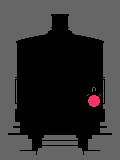
This signal had the samme appearance as the old no.
70 and provided the same kind of information to the wayside staff.
There were no double-track private lines, so neither no. 64 nor the
double-track version of no. 68 were relevant.
No. 70 was used as described above, however, retaining the original day indication:
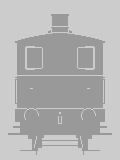

No. 74 was displayed by the overtaken train.
The signal was only used by night, and only if
- the overtaking train was not informed in advance that an (unscheduled)
overtaking should take place, or
- the overtaking was taking place at an unstaffed station (i.e. the
procedure was handled by the train staff only).
![]()
![]()
Copyright © 2000 Henrik W Karlsson